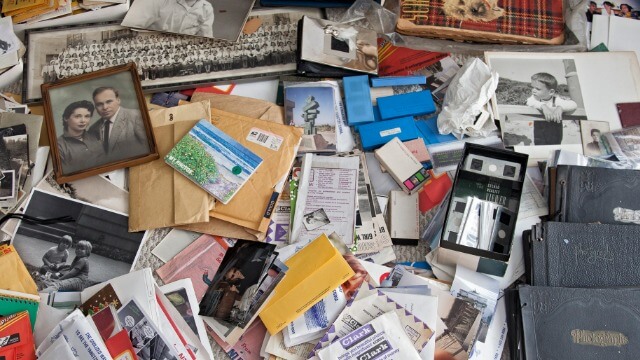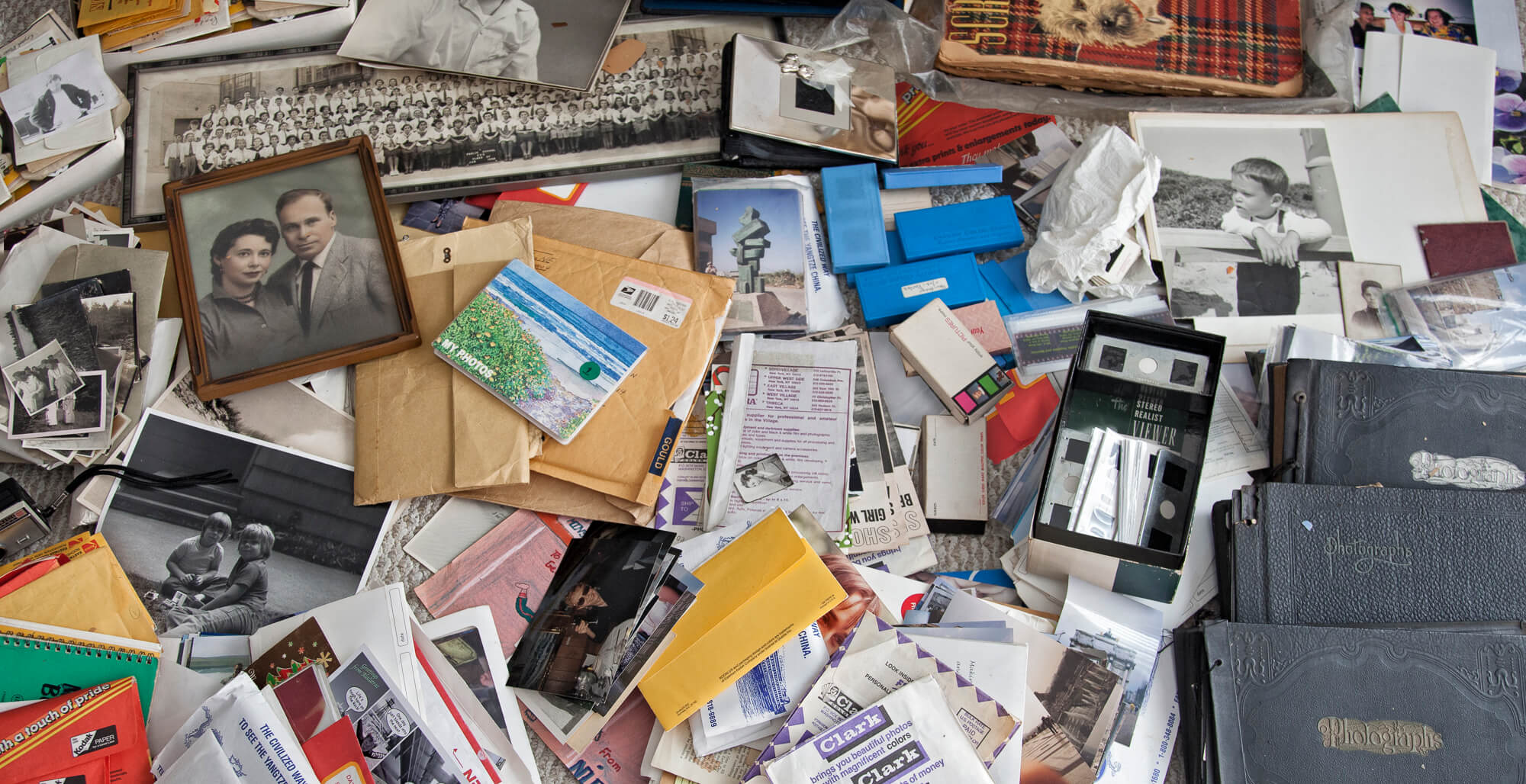35 - 35Shares
Nixplay has partnered with the Association of Personal Photo Organizers (APPO) for the Save Your Photos initiative, a public service outreach campaign that teaches individuals how they can preserve life’s irreplaceable photos, videos, and documents in case of an unforeseen accident or disaster. Visit the Save Your Photos website for more information.
Here at Nixplay, we believe in the importance of digitizing and preserving your photos. Think of it as insurance for your memories: You might consider it irrelevant at present, but you’ll wish you did it sooner when an accident or a disaster strikes.
The reason a lot of people put off this task is not that they lack the skills necessary for the job. With technology advancing at such a rapid pace, organizing your photos has become easier than ever. The main hurdle is lack of time–with our fast-paced lives, carving out the time to dig out, scan, and arrange your photos can be nearly impossible.
Luckily, you don’t have to do all these. Professional photo organizers, like Los Angeles-based Peter Bennett of FotoFlow Solutions, can accomplish this task for you so you can better preserve your family’s legacy. Read on to learn how he became a photo organizer, his processes, and the pros and cons of the job.
1. What led you to become a photo organizer?
I’ve been a professional photographer for most of my career. I started my own digital photo agency in the late ‘90s, and it was there where I learned to manage and work with large collections of digital photos.
My family has always taken a lot of photos. My maternal grandfather owned a photo studio on the Brighton Beach Boardwalk in Brooklyn, and my father was an amateur photographer and professional filmmaker. Between everyone, there is a huge collection of prints, slides, and negatives going back over 100 years.

A small part of Peter’s family photo collection.
One day I looked at the family photo collection I had inherited. [I realized that] while my professional collection and my agency’s photos were all meticulously organized, my own family photos were a complete disaster. I was the guy who is supposed to know how to do this stuff, and I realized that if I was having problems, everybody else was probably having them too. That’s when I decided to become a professional photo organizer.
2. How do you go about organizing your clients’ photos?
Every client’s situation and needs are different, so every job starts off with a conversation. This is the time to find out why they called me and what they would like done. It’s also an opportunity for me to give them suggestions and explain certain things.
Essentially what I do is collect all the digital images, remove the duplicates, and then sort them into a chronological folder structure that can be viewed by a cataloging software. Once that is set up, we discuss a workflow, a backup system, and some best practices moving forward.
3. What’s the most challenging thing about your job?
Changing people’s attitudes about their photo collections, and teaching them better ways to interact with their images so that they don’t have to call me again in the future.
When people call me, they are stressed and anxious about their photo collections, which is such a shame as pictures should be enjoyable. My role is to alleviate some of their concern, simplify things for them, and impart them with some confidence going forward.
With all the benefits of the digital age, there are also some downsides, namely the sheer number [of photos] that we are dealing with. We can’t keep going at this rate of accumulation, lest we start losing the emotional connections to our photos and to our histories.

Nixplay frames can help you establish a better connection with your memories.
You can’t exactly curl up with 30 or 40,000 photos like we did with old family albums. Nixplay Frames are an excellent and innovative way to have our photos present in our daily lives and connect them to our memories. They really bridge the gap between how we traditionally viewed photos and what’s possible with technology today.
4. Can you tell us about the most fulfilling project you’ve managed?
Honestly, any time I see a client smile. Like when I’ve scanned some of their old prints or negatives and they can finally share them with other family members, or when they’re able to sit down with their photo archive without worry or concern. It feels pretty fulfilling.
Peter Bennett has been working as a professional photographer for almost 30 years. In 1998, he started his own photo agency, Ambient Images, which represented over 30 photographers. Peter has also been a photography instructor at the Los Angeles Center of Photography since 2009. In 2015, Peter started FotoFlow Solutions to help people and families manage their personal photo collections. His mission is to help everyone get the information and resources needed to manage and enjoy their priceless photos collections.
- 35Shares
35

